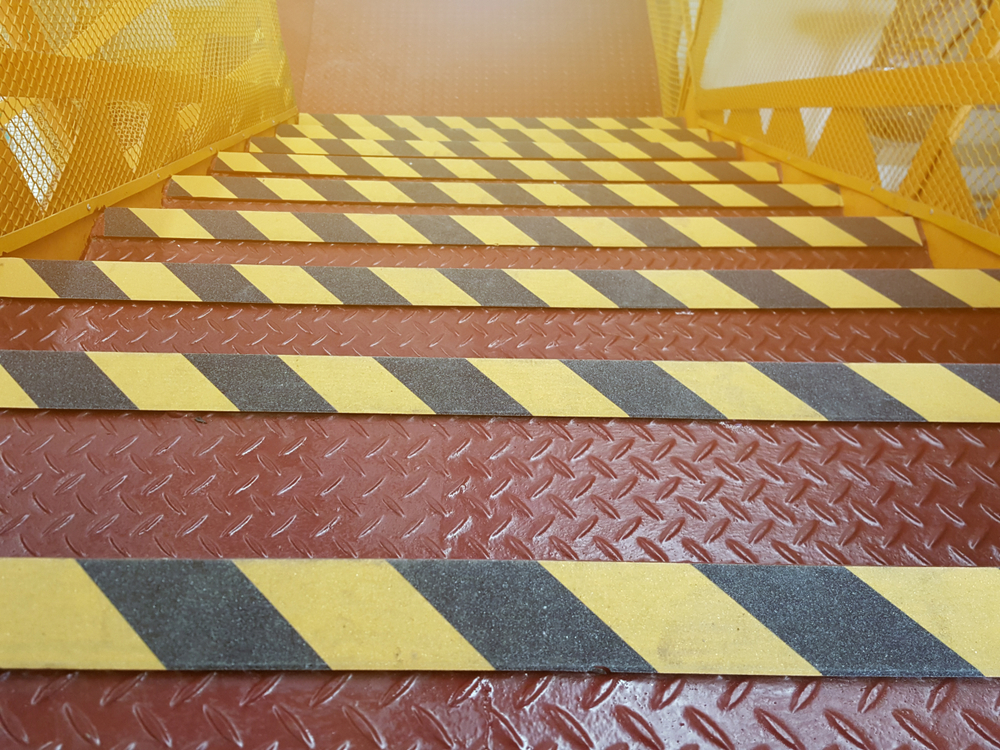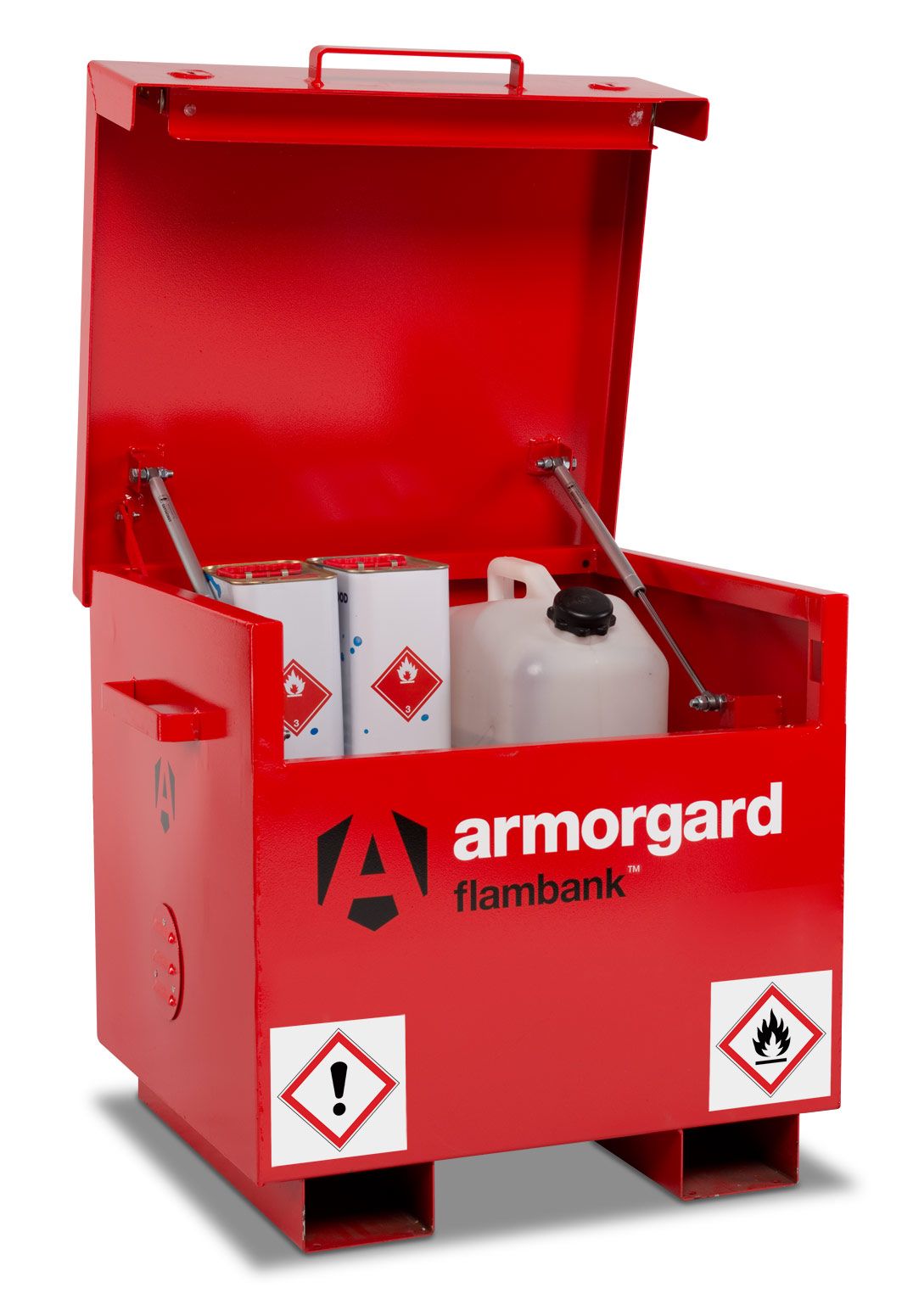The cornerstone of workplace safety, especially when handling hazardous substances, is the effective labelling and categorisation of chemicals. By doing so, one not only abides by their legal obligations but also cultivates a safe working environment, minimising the risk of accidents and increasing the efficiency of chemical management.
The Globally Harmonised System
The Globally Harmonised System (GHS) of classification and labelling of chemicals lays out specific hazard classes that chemicals may fall under, based on their characteristics and associated risks. These include physical hazards (e.g., flammable, explosive), health hazards (e.g., carcinogenic, toxic), and environmental hazards (e.g., hazardous to the aquatic environment). Understanding these classifications is essential for accurate labelling and appropriate categorisation.
Embracing a systematic approach to labelling
A carefully labelled chemical storage cupboard is a testament to safety consciousness. It facilitates rapid and accurate identification of substances, providing essential information for safe handling and emergency response.
Understanding GHS pictograms
GHS pictograms serve as a universally comprehensible method of conveying hazard information. Each pictogram consists of a symbol encapsulated in a red-bordered diamond, delivering immediate visual cues about the potential risks. For example, a flame indicates flammability, a skull and crossbones signify acute toxicity, and an exploding bomb denotes explosiveness. You can view the full range of GHS pictograms in our blog post on the properties of hazardous substances.
Hazard statements
Hazard statements, integral to the GHS system, provide specific details about the potential risks a chemical poses. They offer insights into the severity and nature of the hazard, such as "Causes skin irritation," "May cause an allergic skin reaction," or "Fatal if inhaled," providing those handling the chemicals with clear information on potential risks. Read our safe storage of hazardous substances guide to know how to identify the risks posed by different hazardous materials.
Advice for effective labelling
Effective labelling demands careful consideration. Labels should be resilient to wear, highly legible, and written in English to facilitate broad understanding. They should be strategically placed where they can be readily observed and read, and any worn or faded labels should be promptly replaced to ensure continued effectiveness.
Chemical categorisation
Categorising chemicals within storage cupboards goes beyond mere organisation. It forms a strategic foundation for safe and efficient chemical management. It involves grouping similar chemicals based on their properties or hazards. Key categories often include flammables, corrosives, toxics, and reactives.
Flammables: These can catch fire easily. They must be stored separately from oxidizing agents.
Corrosives: These can corrode metals and cause burns on skin. They should be stored in corrosive-resistant cabinets or trays.
Toxics: These pose a risk of poisoning. They should be stored securely to prevent unauthorized access.
Reactives: These can react vigorously with other substances, often causing explosions or producing harmful gases. They should be stored apart from any potential reactants.
It is also important to segregate incompatible chemicals, even within the same category, to prevent hazardous reactions. For instance, acids and bases are both corrosives, but should not be stored together due to their potential to react. Chemical categorisation should always be accompanied by clear, visible labels, and supported by Safety Data Sheets (SDS) for each chemical, detailing specific handling and storage instructions.
Substance segregation
The importance of segregation cannot be overstated. Preventing unwanted reactions between incompatible chemicals requires meticulous grouping according to hazard class and separate storage. For instance, oxidising agents should be stored away from flammable substances to prevent potential reactions.
Creating an efficient categorisation framework
A logical and intuitive categorisation system promotes easy access and fosters safety. This might entail categorising chemicals alphabetically within their respective hazard classes or segregating them based on frequency of use. Each approach presents its advantages, and the choice should align with the unique needs of your business.
Regular assessments and upkeep
Maintaining the relevancy and effectiveness of your labelling and categorisation systems demands regular review and upkeep. This not only ensures continued compliance with evolving regulations but also promotes a dynamic approach to workplace safety.
Find the perfect chemical storage solution for your business
SafetyBuyer provides comprehensive solutions for your chemical storage needs. Our offerings, combined with expert guidance on labelling and categorisation practices, ensure your storage solutions meet the highest standards. Align with SafetyBuyer for a secure and compliant future by getting in touch, either by phone on 0800 043 0161 or email us at sales@safetybuyer.com.
 Over 12,000
Over 12,000  Simple no quibble
Simple no quibble  Prompt dispatch &
Prompt dispatch &  UK Mainland Delivery
UK Mainland Delivery 












